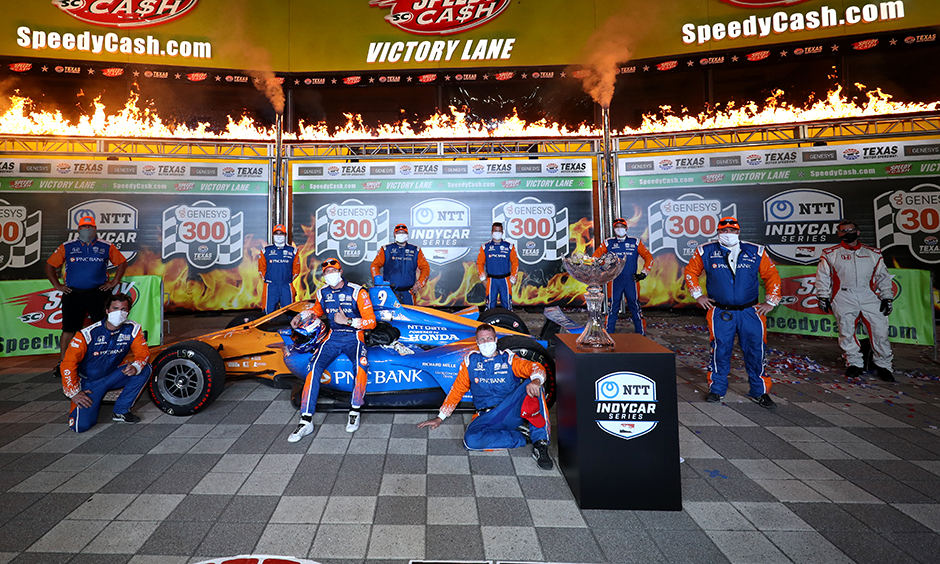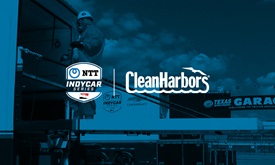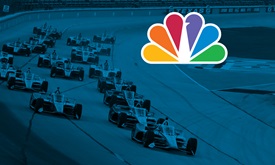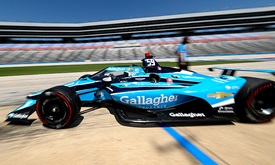Notes: Dixon, Cannon show signs of success
JUN 11, 2020
It should come as no surprise that the partnership of five-time NTT INDYCAR SERIES champion Scott Dixon and engineer Michael Cannon is already a success, as Dixon won the season-opening Genesys 300 on June 6 at Texas Motor Speedway.
Dixon has adapted to working with successful engineers throughout his career. He won his first championship with Julian Robertson in 2003 – his first year competing in the NTT INDYCAR SERIES.
He claimed the 2008 Indy 500 and his next two titles with Eric Bretzman, who joined Chip Ganassi Racing around the same time Dixon did in 2002. And most recently, he won with Chris Simmons in 2015 (their first year together) and again in 2018.
Though Bretzman has moved on, Robertson and Simmons both remain with Ganassi in engineering management roles. Thus the need to bring in Cannon, who joined Chip Ganassi Racing from Dale Coyne Racing during the offseason.
“I know we'd be working extremely hard on just trying to fix some of the issues we had last year (on ovals),” Dixon said. “We have some new people, plus a ton coming back over from the GT program. The engineering depth and everything got a lot stronger, so development was good through the winter.”
Cannon has helped and developed some of the top young talents in INDYCAR racing. The Canadian worked with Santino Ferrucci in 2019 but has also worked with Alex Tagliani, Paul Tracy, Tony Kanaan, AJ Allmendinger, Buddy Rice and Ed Jones in his career. The pair built chemistry working in the iRacing INDYCAR Challenge and also while using Honda’s state-of-the-art simulator near Indianapolis.
“The (Driver-In Loop) simulator with Honda that we've been using for the last three weeks in preparation for Texas has been really good,” Dixon said. “Lots of things we didn't think we would try or have the time to try on track, we were able to kind of do that. Gave us some ideas. We were able to sort of verify them once we got (to the track).
“The PNC Bank No. 9 was strong all night. Not often you get a car like that. Just very thankful to have that. The team gave me an amazing car. It was a fun night for us on the No. 9.”
Aeroscreen makes successful racing debut
A little more than a year after it was announced, the Aeroscreen made its racing debut at Texas Motor Speedway.
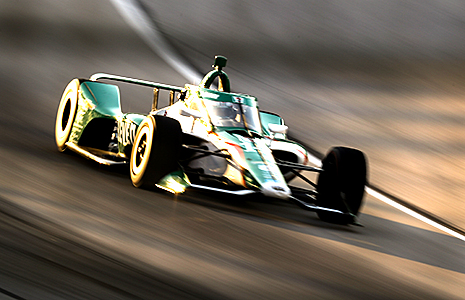 A joint development by INDYCAR, Red Bull Advanced Technologies (RBAT) at Dallara., the Aeroscreen is a cockpit protection system designed to protect the head and upper torso of drivers competing in the NTT INDYCAR SERIES.
A joint development by INDYCAR, Red Bull Advanced Technologies (RBAT) at Dallara., the Aeroscreen is a cockpit protection system designed to protect the head and upper torso of drivers competing in the NTT INDYCAR SERIES.
The Aeroscreen has been developed at a high tempo, going from initial discussions between the INDYCAR and Milton Keynes-based RBAT in January 2019, to a proof of concept displayed at the Indy 500 last May, to track testing at IMS with Scott Dixon and Will Power at the wheel in September. Full field testing took place earlier this year at the INDYCAR shakedown, held at the Circuit of the Americas.
“The Aeroscreen project has worked well for RBAT, INDYCAR and Dallara,” said
RBAT Commercial Development Officer, Andy Damerum. “We have proven by static load and ballistic testing that the Aeroscreen is as strong, if not stronger, than the Halo, which has already proven to prevent serious injury in F1.
“With the addition of the polycarbonate screen there is an additional level of safety from small debris which will be invaluable in the INDYCAR racing environment. It was a proud moment to see all the cars running at the Texas Motor Speedway. We are currently in preliminary discussions with INDYCAR with regards to a future collaboration on their (next generation) car. There are many areas where RBAT are able to assist both INDYCAR and Dallara on the design.”
With the addition of the titanium-framed polycarbonate Aeroscreen, the INDYCAR’s handling is a little different to predecessors – but the feedback from drivers has been positive at the start of the new era.
“Other than the handling differences, I didn’t notice the screen to be quite honest,” said two-time NTT INDYCAR SERIES champion Josef Newgarden. “It felt like a normal INDYCAR race to me: I didn’t notice a big difference to last year. The handling is different in the car but as far as the driver’s experience, I don’t even notice it anymore. It’s crazy how good a job they’ve done with the ducting. The visibility was fine: I had zero issues with it from that standpoint.”
Newgarden’s comments were echoed by Team Penske teammate and 2019 Indianapolis 500 winner Simon Pagenaud: “You just feel safe. You feel like, if anything happens, your face is protected. That’s awesome to see such a leap forward in safety.”
Rookie Report
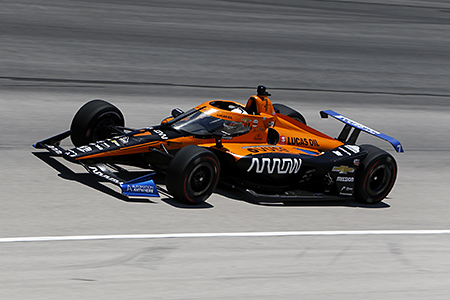 Round 1 wasn’t the grand opening the 2020 NTT INDYCAR SERIES rookie class expected.
Round 1 wasn’t the grand opening the 2020 NTT INDYCAR SERIES rookie class expected.
The heralded class of three debutants – Road to Indy graduates Oliver Askew and Rinus VeeKay and Spanish standout Alex Palou – had mixed results in the Genesys 300 on June 6 at Texas Motor Speedway.
Askew, the 2019 Indy Lights champion, improved 10 positions from his qualifying spot and scored a top-10 in his first start to lead the rookies, while VeeKay crashed in practice and again in the race, collecting Palou to eliminate both.
“It ended up being a great day for Arrow McLaren SP and the No. 7 team,” Askew said. “ The whole crew and Chevrolet put a great car under me, and we were able to execute our game plan perfectly. To finish in the top-10 in my first-ever INDYCAR race is more than I could have asked for.”
The three rookies will be joined by Canadian Dalton Kellett at the GMR Grand Prix on July 4 at Indianapolis Motor Speedway.
Back to the Virtual World
Some NTT INDYCAR SERIES drivers are heading back to the sim racing world for a virtual version of one of motorsports’ Triple Crown events.
Felix Rosenqvist, Simon Pagenaud and Tony Kanaan are among the drivers entered in the virtual 24 Hours of Le Mans on Saturday. The endurance race around the virtual version of the famed Circuit de Le Sarthe will feature 50 cars racing in two classes, a prototype class based on P2 cars and a GT class. Lineups are made up of pro racing drivers with up to two sim racing pros joining each team.
Pagenaud will be part of Team Penske’s all-pro driver lineup in the prototype class alongside two-time Indianapolis 500 winner Juan Pablo Montoya and sports car drivers Ricky Taylor and Dane Cameron, while Kanaan teams with INDYCAR race winner and steward Max Papis, Pietro Fittipaldi and sim racer Sido Weijer in a prototype fielded by MPI-Zansho.
Rosenqvist is teaming up with Formula E’s Antonio Felix de Costa and sim racers Kevin Siggy and Rudy van Buren in a Team REDLINE prototype.
In addition, Robert Wickens and Fernando Alonso are in the field, which also features Formula One and sports car stars from around the world.










